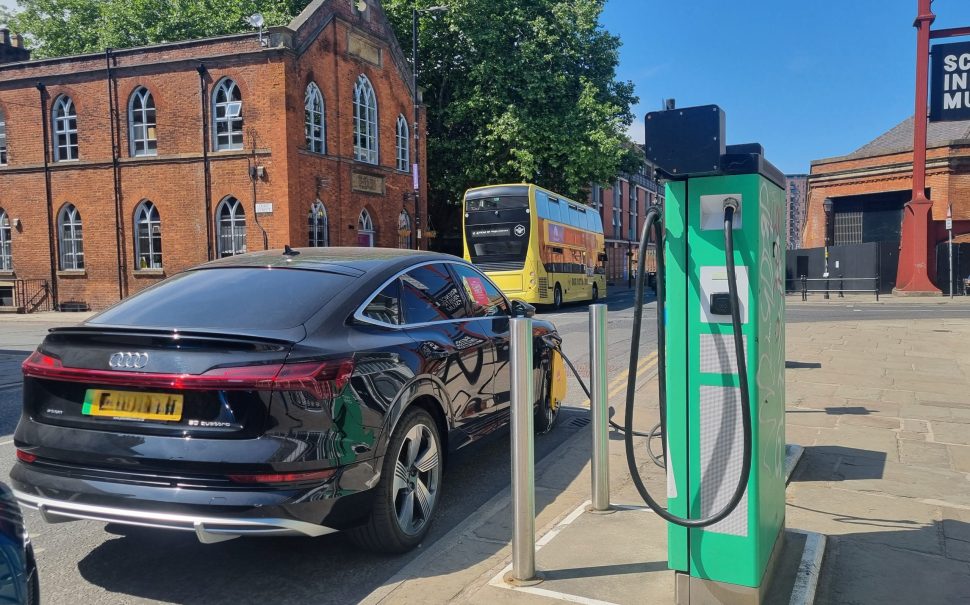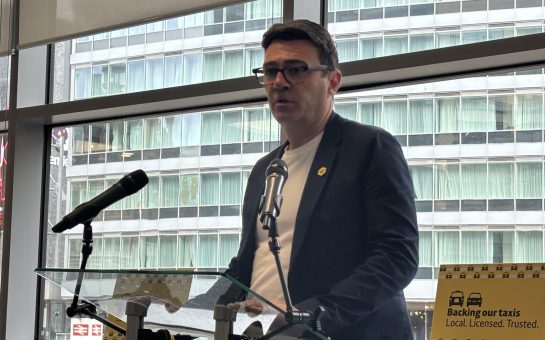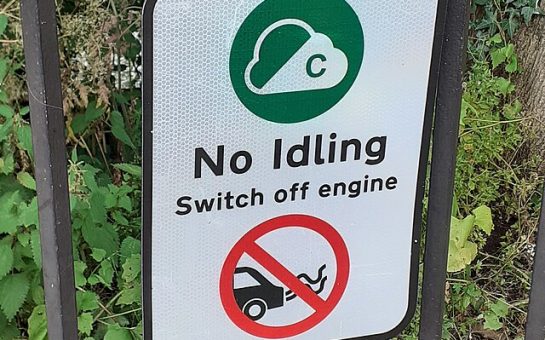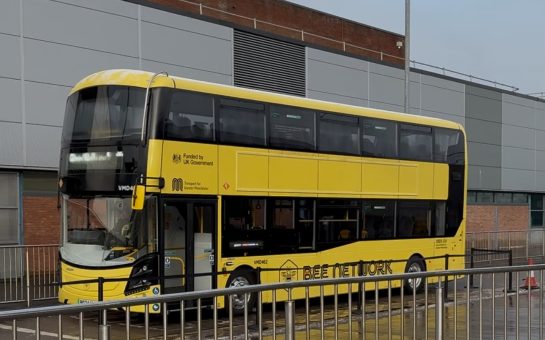Greater Manchester has less than half the number of EV chargers per person than the England average, government data shows.
The region has just 53.8 publicly available electric vehicle (EV) chargers per 100,000 people while the average for England as a whole is 115.4.
Greater Manchester also has the second lowest number of public EV chargers per person of any of the English areas included in the official breakdown – with only Essex below it, with just 48 EV chargers per 100,000 people.
In terms of English regions, London ranks the highest with 262.2 EV chargers per 100,000, and Yorkshire and the Humber lowest with 66.2.
Greater Manchester is well below TfGM target for number of EV chargers
As a total number, Greater Manchester has just 1567 public EV chargers which is below the target of 3000 chargers by 2025, as set out in Transport for Greater Manchester (TfGM)’s 2021 Electric Vehicle Charging Infrastructure Strategy.
However, the target was set up on the basis that 8.18% of the whole UK vehicle fleet would be EVs by 2025. This has not been achieved. According to Gill Nowell, EV specialist and co-founding director of EVA England, only 3.7% of vehicles in the UK are battery electric.
A TfGM spokesperson said: “Greater Manchester has set an ambitious target to become carbon neutral by 2038 and part of that strategy includes enabling more people to make the switch to electric vehicles.
“Providing better access to charging infrastructure is really important and there has been growth in recent years, with the number of publicly available charging points in Greater Manchester increasing by 300% since 2019.
“We continue to work with the private sector and local authorities to increase the number of charging points in all 10 boroughs.
“In addition, through the Local Electric Vehicle Infrastructure (LEVI) allocation announced last year, TfGM and the 10 Local Authorities are preparing to tender for a programme of on-street chargers in areas with lack of off-street parking – a move that will more than treble the number of publicly available chargers in the city-region by 2030.”
Ms Nowell agreed that the government’s Local Electric Vehicle Infrastructure (LEVI) funding is a significant boost to on-street charging and will help ensure that everyone – no matter where they live – can benefit from the transition to cleaner transport.
She said: “The LEVI funding will make a big difference, as long as it is deployed in the right way. This means local authorities funding the right type and speed of chargers, the right locations, in the right numbers, where it will be used and maintained.”
Some local authorities within Greater Manchester are worse off than others
The amount of public EV chargers in Greater Manchester varies per local authority.
For example, there are only 52 public EV charging devices in Tameside and 54 in Bury – the lowest out of all the boroughs.
Manchester and Trafford came top with a total of 421 and 217 public EV chargers respectively.
In Greater Manchester, the number of chargers has more than tripled – increasing by 251% – from October 2019 to April 2025, with a particularly steep increase over the past year.
In Manchester, the number of chargers increased by 254% and in Tameside the number increased by 160% in the same period.
To put this into context, Trafford has more chargers per person than any other part of Greater Manchester – 91.8 per 100,000 population whereas Tameside has the lowest, at just 22.3 per 100,000 population.
Public EV chargers are too few and too expensive, say EV owners
From speaking to EV drivers up and down the country, they tend to agree that there are not enough public EV chargers in England and those that do exist are not fast-charging and too expensive. They also complain of faulty public chargers and inconsiderate drivers who park in designated EV charging spaces.
Phillippa, 38, from Leeds, regularly drives through Greater Manchester for work.
She said: “I do most of my charging at home but when I’m driving around a lot for work, there are times when I have had to rely on the more expensive public chargers. I have noticed a difference between the availability of public chargers in Greater Manchester when compared to somewhere like London. Simply put, there are more of them in London.”
In terms of charger numbers, Ms Nowell commented that public EV charging is accelerating fast – with over 115,000 places to plug in, and numbers up 135% between 2022 and 2024. This equates to roughly one new charger every 29 minutes. However, she admitted that it does vary per region, as the data for Greater Manchester shows.
Tony, 39, from the South East, regularly travels from his home in the South East to visit family in the West Midlands but has to detour in order to find public charging stations.
He said: “Chief Product Officers need to make public charging more practical and affordable. It would be helpful to have more affordable and faster charging options at the supermarkets so we can top up the car with a practical amount of charge whilst shopping. But when public charging costs so much more than home charging, why bother?”
Regarding the cost of public charging, Ms Nowell pointed out that relatively few EV drivers use public charging on a regular basis. Most charging still happens at home or work, with over one million home and workplace chargers, which pretty much equates to the numbers of EVs on our roads.
However, for those without driveways or those unable to install a charger outside their home, convenient and affordable public charging is essential.
She said: “As an electric car owner myself, with over a decade of experience driving many different EVs, I will always choose to charge at home, unless my journey is over 280 miles, which is the range of my car. It costs me less than £5 to fully charge my car on my driveway overnight, thanks to being on an off-peak energy tariff.”
She explained that for individuals who cannot charge at home, seeking out lower-power, lower-cost chargers overnight can be an option. New charging solutions such as cross pavement or gully solutions are another option as they allow EV drivers to use their own charging cable and therefore their own electricity supply to charge their car.
David, 55, from Northamptonshire has found himself in difficult situations out on the road where he has either been unable to find a charger that is working or locate a charger altogether.
David said: “Bigger cities and locations near major traffic hubs have more public chargers. However, from my experience of major traffic hubs, such as service stations at busy periods, you’ll have difficulty finding a charger not in use and have to wait. I want to see improved support for when a charger is faulty.”
Accessibility and reliability are issues echoed by Ms Nowell. She cited EVA England’s research showing that 60% of disabled EV drivers have experienced problems with charger access.
She said: “A lot of work is underway with the government and other key stakeholders to ensure that all chargers are accessible, reliable and offer the EV driver the charging experience that they expect and need.”




